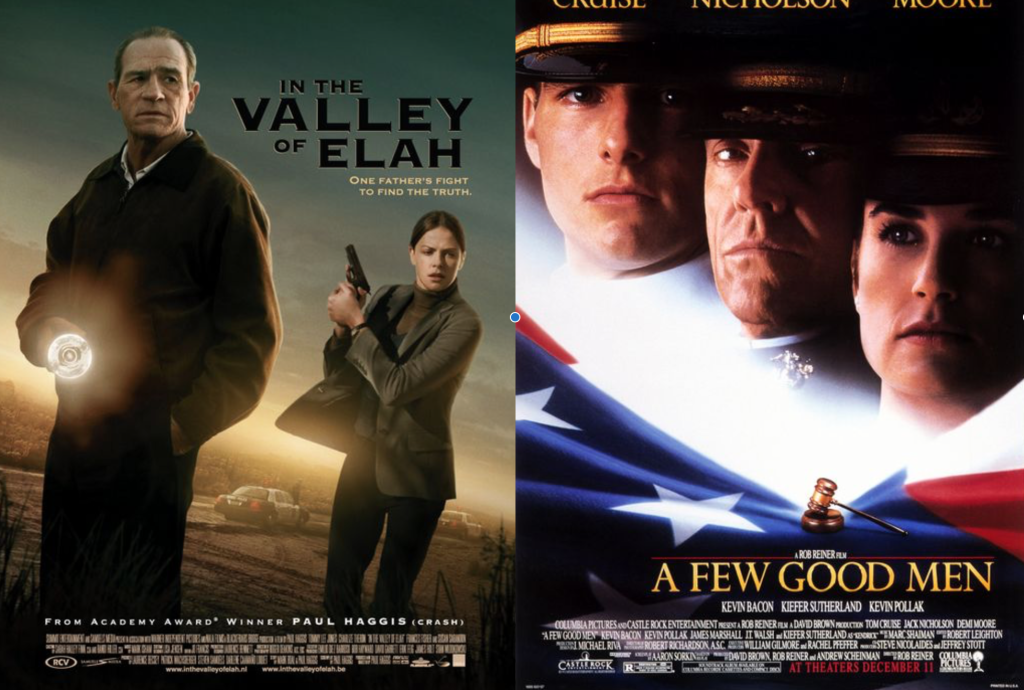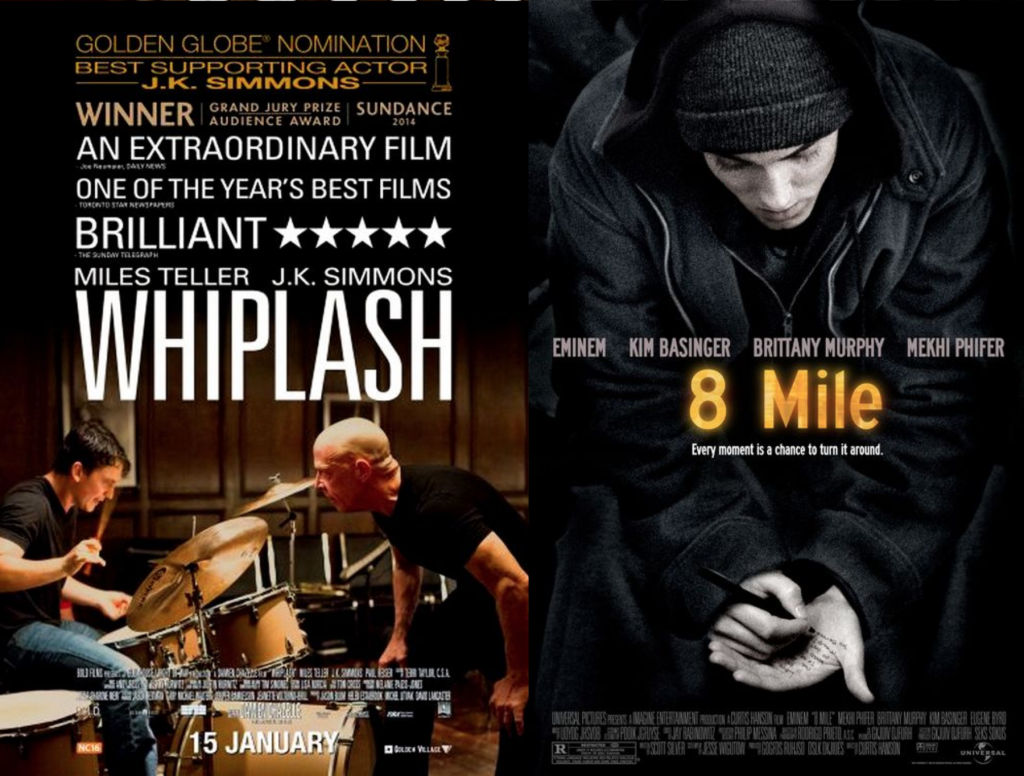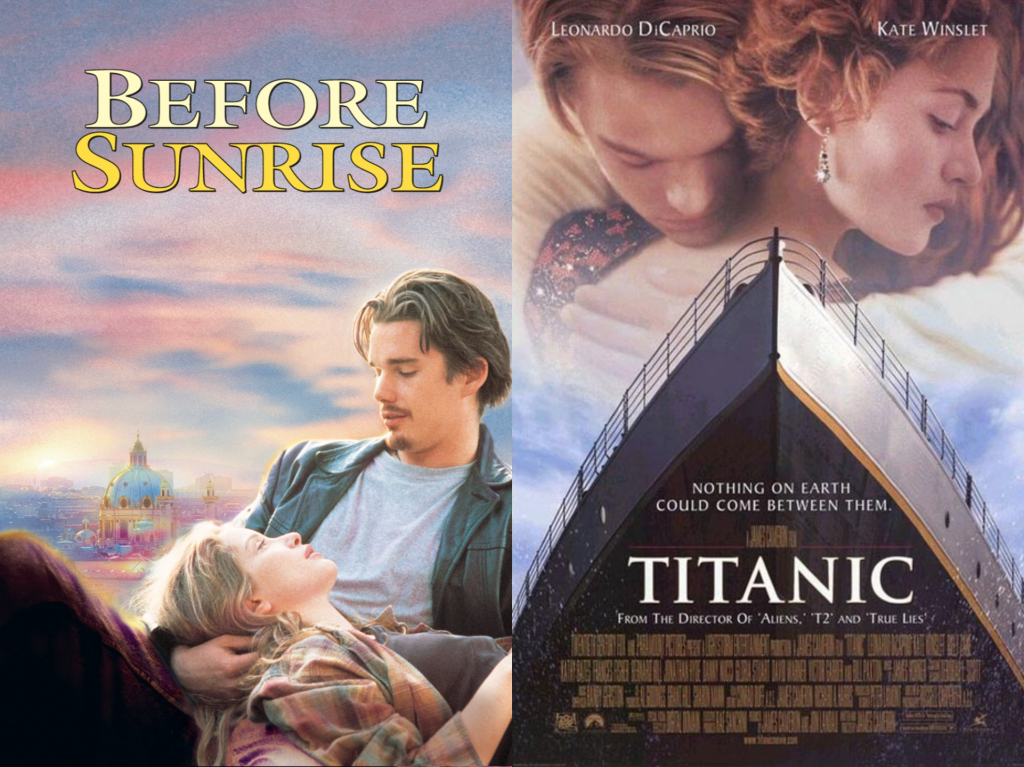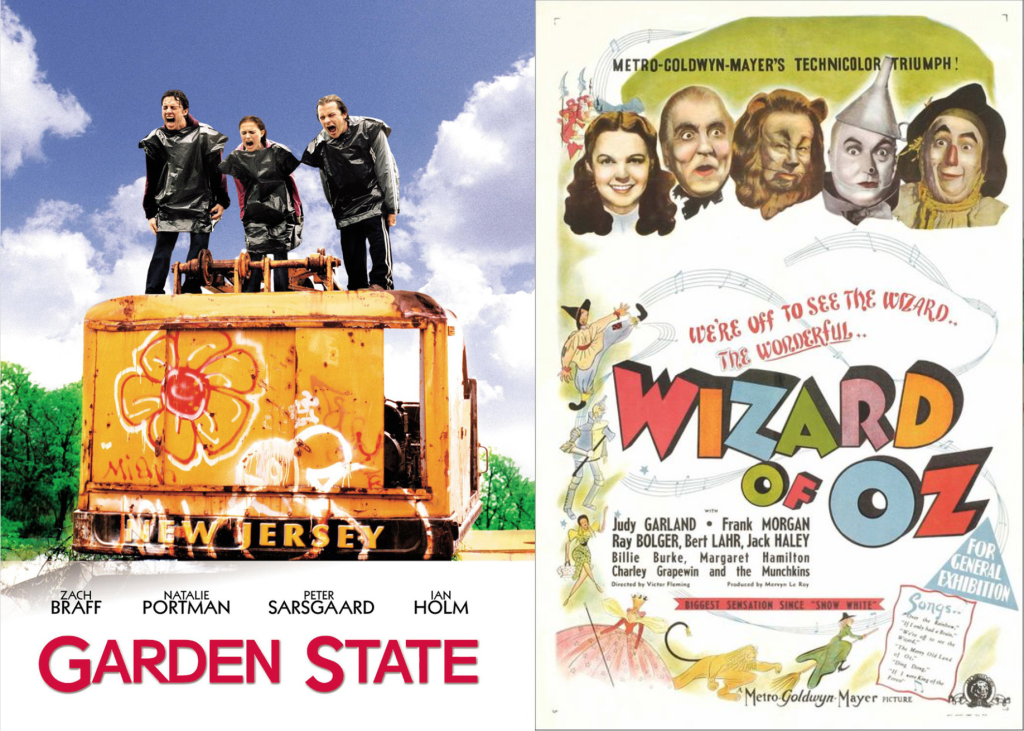One of the common issues I run into when I consult for screenwriters is when writers pursue the most boring version of their concept. One might say that they’ve chosen the “indie” version of their idea.
Now, there’s nothing wrong with writing an indie film, but you have to realize that the indie world operates by a different set of rules. It’s a sector of the industry that rewards writers who also direct their films, or who, at the very least, put all the pieces together and make the movie themselves.
Also keep in mind that very few agents and managers – the people you’ll be attempting to win over with your spec – will be excited by indie scripts. Even the most popular indie films – the ones that win Oscars – make little-to-no money. True, they can work as a calling card for bigger work, which you’d think would make those same agents happy, but this goes back to point number 1 — the people who often get rewarded for those breakout films are the directors and the producers – not the writers.
Before I go on, I want to point out that, yes, there are outliers – movies like Juno. And there are ways to navigate this process – befriend a director who shares your sensibilities so you have someone to direct your script when it’s finished.
But if you’re hoping to get noticed on your writing alone, passion-project indie screenplays are not the way to go. You want to find something bigger than can appeal to a larger audience.
Which brings us to today’s post: There is often a bigger version of your idea out there that you’re ignoring, one that will allow you to explore all the characters and themes and ideas you wanted to explore in your indie script, yet do it inside a package that Hollywood celebrates.
All this requires is an open mind, a little creativity, and some compromise. What you’re looking for is a “comp,” a movie-type that’s done well before in the marketplace, and to see if your small idea can be expanded into that bigger package. Today I’ll be giving you five indie movies and their big-time Hollywood counterparts so you can see what the writer could’ve done had they wanted to write a bigger more Hollywood-friendly movie. Let’s get started.
Example Number 1 – “In The Valley of Elah” vs. “A Few Good Men.”
Most of you probably don’t remember “In The Valley of Elah,” but it’s a wonderful example of what I’m talking about because the person who wrote it was coming off an Oscar (Paul Haggis for “Crash”). Consider that for a second. You have an OSCAR WINNER who couldn’t get anybody to watch his movie and you’re going to attempt to do the same thing that he did (write a boring little indie movie).
In The Valley of Elah follows a father whose soldier son dies under mysterious circumstances in battle. He starts digging and investigating the murder. The movie is a downbeat (note: “downbeat” is never commercial) exploration of loss, although it does have an active main character and a fairly strong narrative thrust. In the end, however, it was too indie. There wasn’t enough of a hook to get people to see the film.
A Few Good Men takes on a similar topic. A soldier has died under mysterious circumstances and people start investigating it. Here’s the difference. The script is centered around a giant theatrical court case, allowing for movie stars (Tom Cruise) to play big lawyers. Also, the more sensationalized investigation leads to bigger twists and turns, and the film has a way bigger villain (played by Jack Nicholson: “You can’t handle the truth!”) that allows the court scenes to shine.
I want you to take note here that a huge factor in A Few Good Men being more marketable is that court-case films had established themselves as 100+ million dollar grossers. The writers were playing inside of a pre-packaged blueprint that Hollywood could market. In The Valley of Elah had no “comp” that would indicate people would show up for it. So it shouldn’t be surprising that no one did.
Example Number 2 – “All is Lost” vs. “Life of Pie”
I want to make clear that I liked All is Lost just as much as I liked Life of Pi. But this article isn’t about the quality of the movie. It’s about how to execute a concept in a way that’s going to give you the most bang for your buck as a screenwriter. Now you might say, “Wait a second, Carson. All is Lost cost 10 million dollars to produce. Lie of Pi cost 150 million dollars. How can you compare them?”
Um, here’s how. As a screenwriter, YOU DON’T HAVE TO WORRY ABOUT BUDGET. It doesn’t cost you a dime to write a big-budget film. And since the bigger idea is much more likely to get attention than the tiny one, I’ll let you decide which one is smarter to write.
All is Lost has a fairly solid setup. A man is stuck on a raft in a giant ocean with no idea how he’s going to survive. Fighting for one’s survival against all odds is usually compelling to watch. But like a lot of indie concepts, it’s too damn small. We’re on a raft, all alone, with an old dude for 90 of the 100 pages. That’s why, despite the quality of this film, nobody saw it.
Contrast this with Life of Pi, which took the same idea and made a couple of key changes. 1) IT TURNED IT INTO AN ADVENTURE. This wasn’t just about nuts-and-bolts survival. There were battles with flying fishes, the exploration of a spooky potentially “alive” island, and of course the constant “friend or foe” battle with the other passenger on this tiny boat, a tiger.
Which leads us to 2) A STRANGE ATTRACTOR. You’ll hear commenters talk about this in the comments from time to time. By adding a STRANGE ATTRACTOR to your script, you can quickly turn it from a garden variety idea into something exciting and fresh. The strange attractor in Life of Pi was the tiger who shared the boat with our hero. I didn’t see Robert Redford with no tiger.
You saw this with the recently reviewed Unicorn Store as well. That script could’ve been about a girl forced to move back in with her parents who attempts to find her first boyfriend (the most indie of all indie premises). But by adding the strange attractor that was this unicorn, it became something a lot more intriguing.
Example #3 – “Whiplash” vs. “8 Mile”
I know a lot of people liked Whiplash, but let’s not ignore the fact that, outside of hardcore cinephiles, nobody saw it. Why? Because it was too indie of an idea. There were basically two characters in the entire movie. I can’t remember anyone else. I’m all for keeping the character count low when the concept demands it (Cloverfield Lane only had 3 characters, but that was because the movie took place in a bunker after the apocalypse). But when it makes sense that more people should be in the movie and they aren’t, something feels off.
I bring this up because it’s a very “indie” way to approach an idea. It’s too minimalistic to gain any traction from a mainstream audience. In contrast, 8 Mile keyed in on a tried and true Hollywood formula – the underdog “nobody gave him a chance” musician success story. Whereas Whiplash kept its scenes inside small bare rooms, 8 Mile watched its character’s success lead to bigger and bigger venues, more and more popularity, and used a classic Hollywood climax strategy, the big final competition.
One thing you may be noticing with the examples I’ve used so far is this concept of “bigger.” In every instance, the scope of the Hollywood version expands out to cover a larger swath of story real estate.
Example #4 – “Before Sunrise” vs. “Titanic”
Love stories are hard to market from the outset. We are no longer in the era of “Love Story,” which made the modern-day equivalent of 700 million dollars. The only love stories that get made these days are are the ones born out of the latest young-love author, whether that be Nicholas Sparks or John Green. Yet love stories are a common theme in a lot of indie scripts I read, so I want to give you a tip on how to big-time them.
Before Sunrise and Before Sunset are extremely well-written films. But they arrived at a time when Sundance buzz dictated which indies broke out into the mainstream, and even then, these films barely made any money. Why? Because the whole movie was two people walking and talking. Yes, the dialogue was amazing, and yes, both characters were compelling. But one of the sinking traits of indie scripts is that they’re so small, there isn’t enough variety to create “you have to go see this” buzz. It’s more of a quiet intimate experience you keep to yourself. Note to aspiring screenwriters: Hollywood hates that shit.
An awesome way to big-time a love story is to place it in a situation that’s bigger than the characters. A real-life historic event helps. And the more popular, the better. This now makes the love story AN EVENT, which satisfies one of the key requirements of getting butts in seats: The story feels IMPORTANT to the audience-member. We’re seeing this with the upcoming Brad Pitt film, Allied (which I reviewed in my newsletter and loved), which follows a couple of spies who fall in love during World War 2.
Example 5 – “Garden State” vs. “The Wizard of Oz.”
Garden State is a unique example in that it’s one of the most successful indie films that isn’t really about something. Now a big reason for its success was Zach Braff’s directing style, which composed its shots and used tripods when nobody else at the time was doing so in the indie world (side tip: If you want to stand out, do the exact opposite of whatever the current trend is). But even with all its accolades, it didn’t make anybody money. I think the main producer is still in court trying to get the money back that he invested.
This is obviously the biggest stretch of all my examples, but when you pay closer attention, you’ll see how a little creativity can result in a much bigger and more Hollywood-friendly idea. Garden State is essentially a suburban adventure film. Our characters are led through a series of wacky locations (a Home Depot store, a house at the foot of a bottomless pit) while encountering a series of strange characters.
That’s exactly the same setup as The Wizard of Oz – the one difference being that we’re in a magical unknown land as opposed to suburbia. We’re exploring a lot of similar themes here, a lot of similar concepts. The difference is that the second idea allows us to explore things that have never been seen on film before.
And that’s a good point to end this article on. One of the reasons indie scripts don’t do well is that they’re covering the mundane – the everyday stuff we already experience in our own lives. Movies need to give us a reason to show up – and often that reason is by giving us an idea or a world we’ve never seen before.
In conclusion, does this mean you shouldn’t write an indie script? Of course not. All I’m trying to do here is educate you. You can do whatever you want with the information. What I don’t like is stubborn writers who send out these flat ideas that aren’t big enough to catch anyone’s interest and then they complain that the industry is rigged. No. You’re just writing boring scripts. By big-timing your idea, you give yourself the best shot at success.






